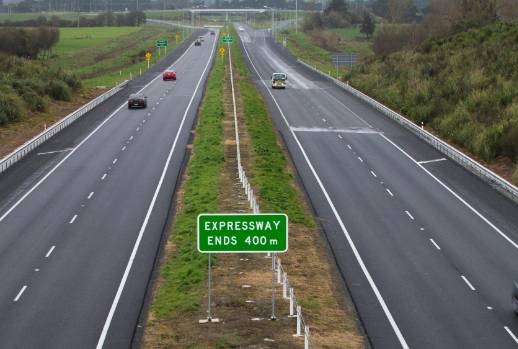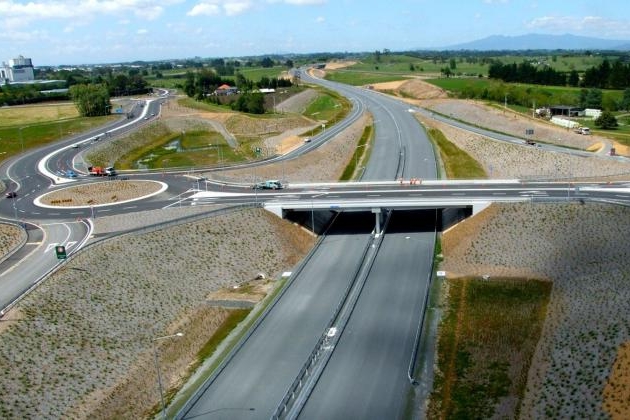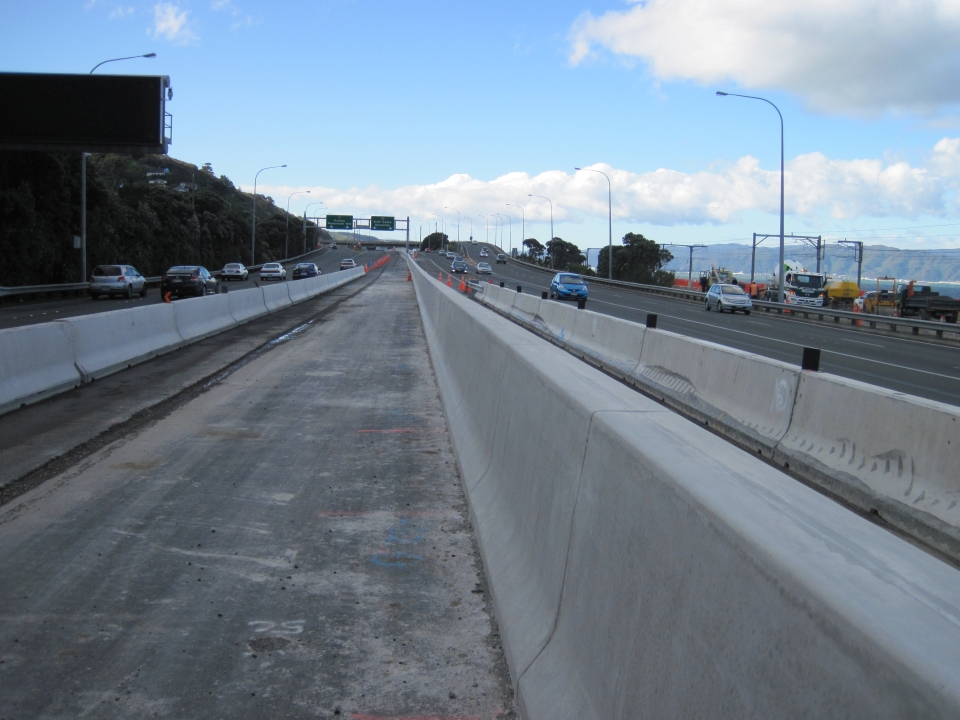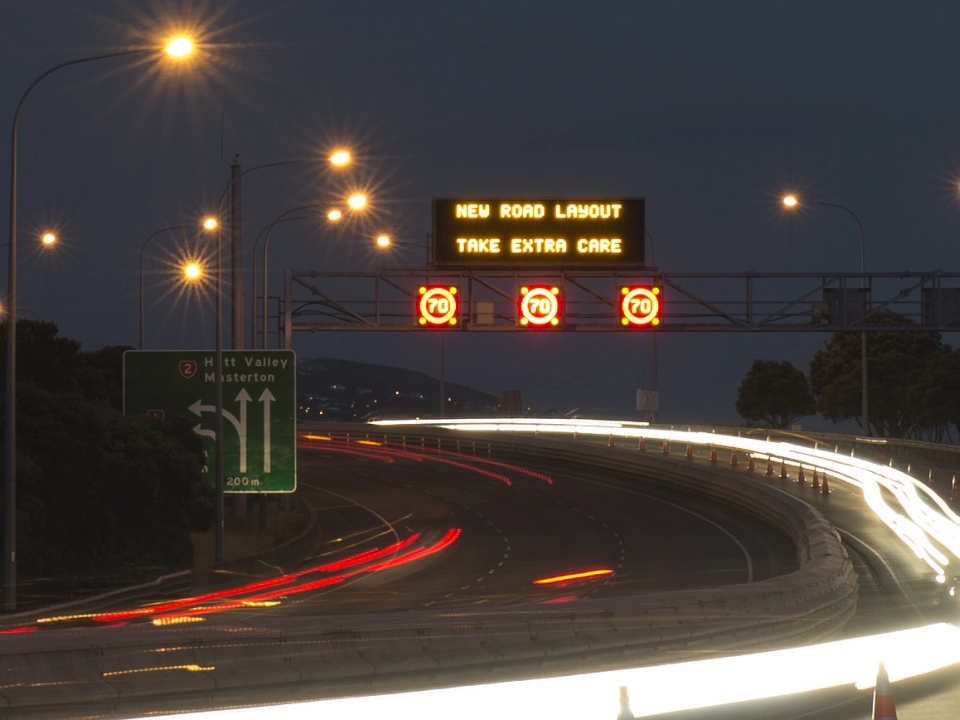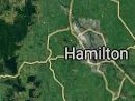In New Zealand people are injured and killed on our roads every year. To reduce injuries and deaths people need to drive safely and roads need to be designed carefully.
How do we make roads safe?
Research into driver behaviour, speed and road design have helped experts to come up with ways to build safer roads.
To make roads safer features can be added such as:
- Side and median barriers
- Rumble strips
- Wide centrelines
- Flexible barriers
- Signs and road markings
- Shoulder widening
- Setting safer speeds
- Curve realignment
- Intersection improvements
Modern roads are designed to reduce the chance of harm to drivers and pedestrians. Instead of focusing on people’s actions they make it easier for people to use the road safely.
People make mistakes, so roads need to be:
- predictable and forgiving of mistakes.
- Road design should encourage appropriate road user behaviour and safe speeds.
Speed
If there is a crash the speed at which a vehicle travels will have a significant impact on the seriousness of that crash. Lower speeds mean there is less chance of injury. Speed limits need to be set to suit individual roads rather than all open roads having a speed limit of 100km/hour.
Road conditions will also affect how fast a driver can safely travel.
Technology
Technology is helping to make our roads safer. Computer technology is used to design roads, model crashes at different speeds and communicate with drivers.
Variable message signs are electronic signs that can be changed to inform drivers of current road conditions, road works and the need to reduce speed. Detection equipment can help manage roads by monitoring traffic and conditions, so drivers can be kept informed through signs and changes in speed limits.
This equipment includes: 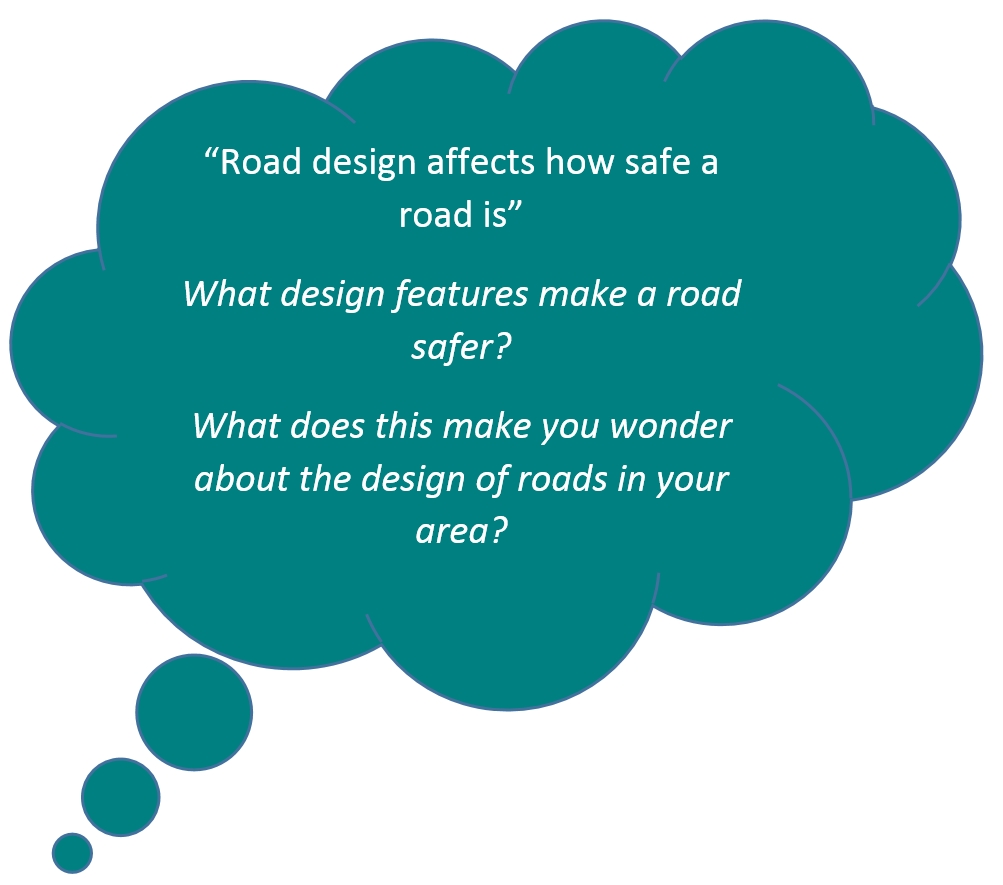
- Radars
- Loops
- CCTV cameras
- Electronic signs that are programmed to respond automatically to manage the flow of traffic
The local community can help with the design of roads. By knowing how people use and travel through an area road designers can make the space easier to navigate and safer for drivers, pedestrians and cyclists.
Ready for a quiz? Try the interactive 'Designing Safer Roads' activity .

